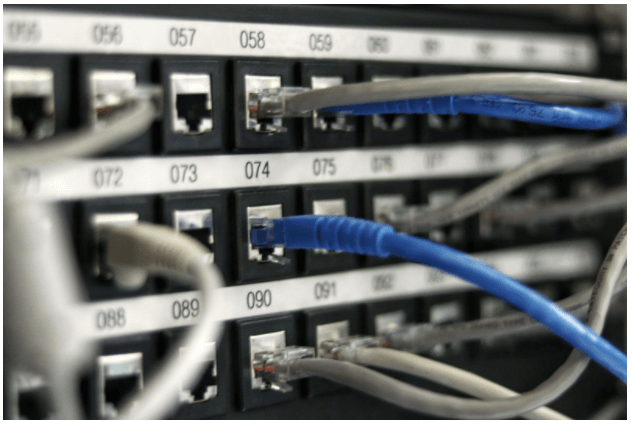
A Beginner’s Guide: Proxies and NAT Technologies Explained
By admin
As technology becomes more sophisticated and advanced, we’re introduced to new tech terms and systems almost every day. Even if you’re not someone interested in technological progress, keeping up with the core developments might be essential for your professional position or company.
That’s why we’ve created a beginner’s guide dedicated to proxies and NAT technologies. Here, you can find all the elementary explanations regarding proxy servers and NAT technologies. Whether you’re interested in learning about what these terms are or how they’re connected, we made sure to cover all relevant information.
What are proxy servers?
Table of Contents
Proxy servers are intermediary servers that act as a gateway between internet users and the web pages they visit. When internet users use a proxy, all their internet traffic flows through the proxy server before reaching the requested address. Then, the request flows back through the same proxy, after which the proxy forwards all the data received from the requested web page to the end-user.
So, instead of accessing the website directly, you can use a proxy as an intermediary to complete all your actions. The proxy server will evaluate the request and perform all the required transactions.
Core functions of proxies
Proxies have plenty of functions, but some of the most important are the following:
- Control of internet usage
Not only can you track how much time your employees spend online and which websites they visit, but you can also deny access to specific sites with the help of a proxy.
- Access to blocked resources
Proxy servers allow their users to go around certain restrictions and access the content they wouldn’t be able to otherwise. For instance, if you are a Pokémon Go lover but the content is geo-restricted and you can’t access it from your country, reliable proxies for Pokémon Go can mask your IP and allow you to view the content nonetheless.
- Improved internet speed
Proxy servers save a copy of the most visited websites within a company or organization. When all employees access the same website, the proxy server sends only one request, saving bandwidth and improving internet speed.
- Enhanced privacy and security
Since proxies change the IP address and mask your actions online, they provide an extra layer of anonymity and safety.
Main proxy types
There are four main proxy types currently available:
- SOCKS proxies: They provide connections to specific servers. A SOCKS5 proxy uses the latest internet protocol that multilayers different data types, including TCS and UDP. If you want to enjoy the highest versatility, security, and privacy, this SOCKS5 proxy is your way to go.
- FTP proxies: These cache requests from FTP traffic and use relaying.
- HTTP proxies: They use HTTP protocols to process one-way requests.
- SSL proxies: These use TCP relaying with the SOCKS protocol to process requests.
What is Network Address Translation?
Network Address Translation, or simply NAT, is a process you can use to connect multiple private IP addresses and translate them into a single public IP address. When companies or organizations use numerous devices with a single IP address, they should use NAT.
In most cases, internet routers are configured for NAT, meaning they have two separate interfaces for local and global networks.
For data outside the local network, NAT converts the local IP address into a global one. Similarly, the global IP address is converted into a local one for data that enters the local network. Companies can also mask the port number and conserve their privacy through this method.
Main functions
The two main functions of NAT are:
- IP conservation
Because there are far more devices connected to the internet than there are IP addresses, the function of NAT is to connect multiple private IP addresses and transform them into a single public IP address. It is a valuable tool for IP conservation in an age when the number of tech devices is rapidly growing.
- Improved security and privacy
Because NAT transfers data between public and private IP addresses, it simultaneously prevents anything harmful from accessing and harming devices using the same address. Although NAT technologies aren’t the definitive tool for internet privacy and security, they can often act as the first step of defense.
Relationship between proxies and NAT
NAT doesn’t need special software to operate, and proxies require its applications and configuration to support their services. That’s why proxies are often used in conjunction with NAT.
That way, companies can improve the functioning of proxy servers across all their devices without configuring the devices and applications separately. Because NAT combines all IP addresses into one, companies can easily enjoy all the benefits proxies provide.
Conclusion
Proxy servers and NAT technologies are two different solutions that offer unique sets of use cases and advantages. Although both methods increase their users’ online security and privacy, it’s essential to consider other characteristics before deciding which option is better for your company.
While NAT is recommended for companies with a low user count and light traffic flow, proxies are better for companies with a high user count.


